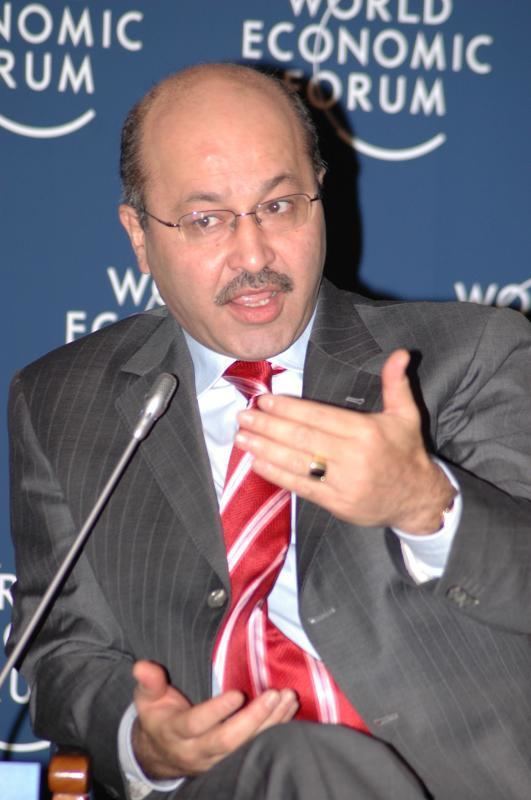30 April 2014 (2014-04-30) 2018 → 89 39 92 34 | Turnout 62% 39 18 34 29 | |
 | ||
Parliamentary elections were held in Iraq on 30 April 2014. The elections decided the 328 members of the Council of Representatives who will in turn elect the Iraqi President and Prime Minister.
Contents
Electoral system
The open list form of party-list proportional representation, using the governorates as the constituencies, is the electoral system used. The counting system has been changed slightly from the largest remainder method to the modified Sainte-Laguë method due to a ruling by the Supreme Court of Iraq that the previous method discriminated against smaller parties. Seven "compensatory" seats that were awarded at the national level to those parties whose national share of the vote wasn't reflected in the seats won at the governorate level have been allocated to individual governorates. Eight seats remain reserved for minority groups at the national level: five for Assyrians and one each for Mandaeans, Yezidis, and Shabaks.
Seat allocation
Prior to the elections, the parliament decided to expand from 325 to 328. As with the 2010 elections, 8 seats were reserved for ethnic and religious minorities. Unlike previous elections, there were no compensatory seats; reserved seats that previously favorited big-time parties.
Campaign
The campaign was expected to focus on competition within the three main religious and ethnic communities: Shi'ite Arabs, Sunni Arabs and Kurds. While under the Constitution of Iraq the head of the largest coalition has the first call to become prime minister, in a precedent set following the 2010 election, a revised coalition can be formed following the election. This reduced the incentive for parties to form broad coalitions prior to the election. So in November 2011, Iraq's Independent High Electoral Commission approved 276 political entities to run in the elections, including a number of coalitions.
Shi'ite Arabs were split between the Prime Minister's State of Law Coalition, the Sadrist al-Ahrar Bloc, and the Islamic Supreme Council of Iraq backed al-Muwatin coalition. The former secular, non-sectarian Iraqiya bloc – 2010 the strongest force elected into parliament – had broken apart into Usama al-Nujayfi's Sunni regionalist Muttahidoon coalition, Ayad Allawi's National Coalition al-Wataniya, and Saleh al-Mutlaq's al-Arabiya Coalition. And the two prominent Kurdish parties, Masoud Barzani's Kurdistan Democratic Party (KDP) and Jalal Talabani's Patriotic Union of Kurdistan (PUK), were joined by a third Kurdish party, the Movement for Change (Gorran) headed by Nawshirwan Mustafa.
Conduct
As members of the security forces voted on Monday 28 April, six different polling stations were hit by suicide bombers, leading to at least 27 deaths. Insurgent group Islamic State of Iraq and Syria has threatened violence against Sunni Muslims who vote in the election.
National results
The IHEC confirmed the results on 25 May. The official number of seats is as follows:
Government formation
The first sitting of the new parliament on 1 July ended after Kurdish and Sunni Arab MPs boycotted the session and caused its adjournment because of a lack of a quorum. The next sitting on 13 July to choose a president (Kurd), prime minister (Shia) and speaker (Sunni Arab) brought about a consensus for the post of speaker after MP Mohammed al-Karbooli announced that Salim al-Jabouri was the candidate. The government formation was also affected by most international, and some domestic, calls to replace the al-Maliki amidst the 2014 Northern Iraq offensive, while Kurdish control of some northern areas during the fighting and a promise for an Iraqi Kurdish independence referendum, 2014 led to rifts with the central government.
